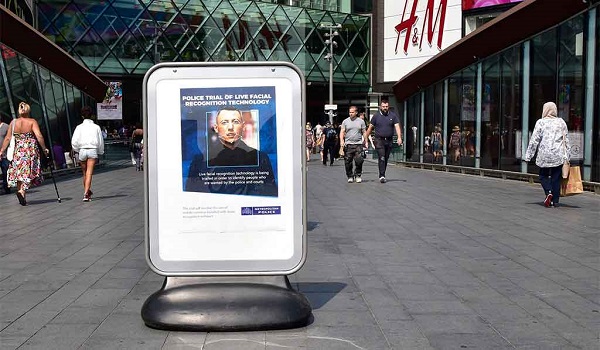Intelligence-led policing
The Glendale Police Department in the US has one of the lowest
municipal crime rates in the region, despite having a very low officer
to citizen ratio. This impressive result is due to the departments
focus on developing meaningful and actionable intelligence from crime
data to bring about a major reduction of crime incidents.

The Glendale Police Department in the US has one of the lowest municipal crime rates in the region, despite having a very low officer to citizen ratio. This impressive result is due to the departments focus on developing meaningful and actionable intelligence from crime data to bring about a major reduction of crime incidents.
Crime mapping software is giving US residents in Arizona the opportunity to act as amateur crime analysts. With access to details of crime incidents in their neighbourhoods, people in the city of Glendale are becoming more attuned to suspicious activity that might otherwise go unnoticed.
As the residents become more familiar with the software, Lieutenant Carl Povilaitis, special operations bureau at Glendale Police Department, anticipates that they will have a better sense of what is going on in their neighbourhoods.
Glendale Police Department is using CrimeView® Server and CrimeMapping.com from The Omega Group, specialists in geographic information systems (GIS) solutions to law enforcement, public safety and education agencies. They are key components of the departments focus on using technology to combine intelligence gathering and crime solving. Both applications are built on the ESRI mapping platform.
The web-based GIS applications enable officers and community members to analyse crime trends in a map-view environment via an Internet browser. These applications convert crime incident tabular data extracted from Glendale Polices Tiburon-based records management system into a geo-spatial screen display.
CrimeMapping.com was designed for the public to keep residents informed of crime incidents in their neighbourhoods. Officers and crime analysts use CrimeView Server to decide where to deploy resources most effectively after identifying hotspots and patterns of criminal activity.
The police believe crime mapping provides the means for the public to be more informed, which translates into having a stronger and more engaged partnership between the department and the community.
As Lt Povilaitis pointed out: When residents are able to monitor those kinds of crime incidents that significantly impact their daily lives, such as burglaries and thefts, there is a higher probability that they will be able to make the connection to something they witness in their neighbourhood and immediately report the activity to the police.
The departments professional analysts are now spending less time on ordinary data retrieval in response to requests for information and focusing on more complex crime analysis projects. For instance, residents are obtaining crime data on their own instead of contacting the crime analysis unit.
Abigail Luczon, Glendale Police Departments senior crime analyst, explained: We can now be more proactive in creating new types of analytical studies for use by command staff and field officers to assist them in focusing on particular problems.
CrimeView Server is the focal point of the departments internal discussions among command staff and field officers about identifying and responding effectively to emerging crime trends. The reports, maps and charts highlight developing problems that can be tackled by officers from divisions and specialist units in the department.
Captain Lief Nicolaisen, of the departments support services division, said: We are situating crime analysis as the central driving force throughout our operations and not just an adjunct for detectives. We now can have all our officers conducting real-time geo-spatial analysis. Officers no longer have to solely rely on our professional crime analysts for information.
For example, it allowed officers and detectives to track a recent string of liquor store burglaries where the perpetrators were smashing windows to gain entry and steal state lottery tickets.
The softwares temporal pinpointing capabilities identified the time of day and locations of the stores whic



